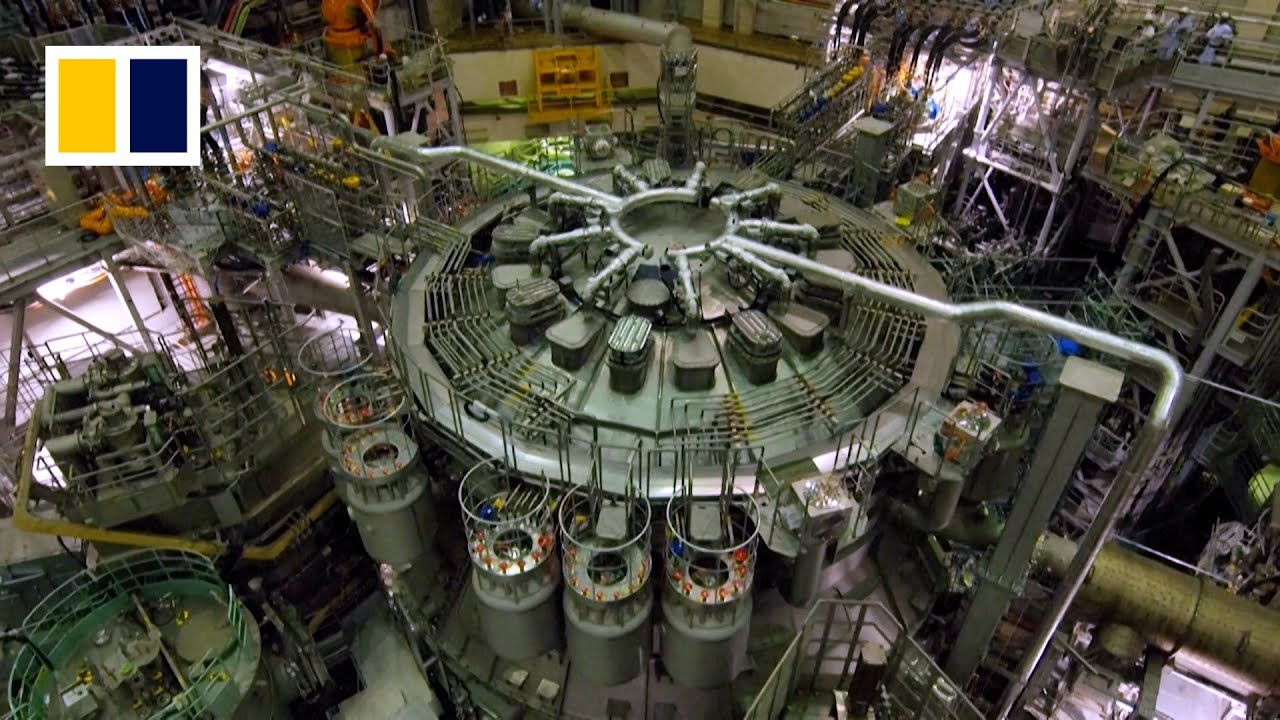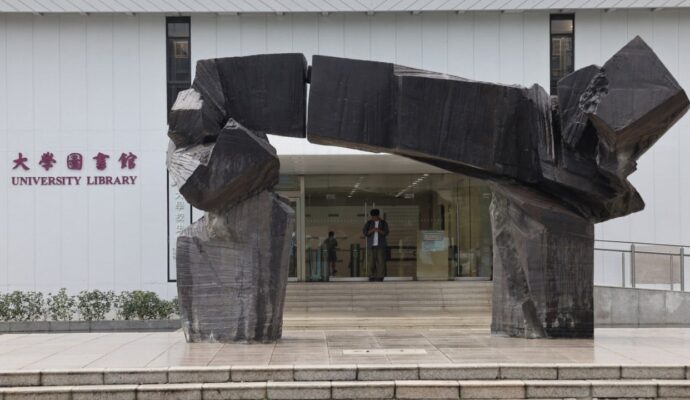Advertisement
The spacious ENN Group campus in Langfang, Hebei province, is home to a cluster of experimental facilities. At its heart is a spherical device called the EXL-50U – a compact tokamak that uses a magnetic field to confine charged gas, or plasma, to fuse hydrogen nuclei.
On the day the South China Morning Post visited, engineers were installing new neutral beam – or heating – systems to increase its plasma temperature.
Chief engineer Yang Yuanming said they aimed to get the plasma to 100 million degrees Celsius (180 million degrees Fahrenheit).
To achieve fusion, light atoms must be heated to extremely high temperatures and confined long enough to fuse them into heavier atoms. The energy released when this happens could then potentially be converted into vast amounts of clean electricity.
ENN Group, a leading clean energy provider, is among a number of private Chinese companies as well as state-backed enterprises that are racing to build a commercial fusion reactor by 2035 or sooner.
Advertisement



